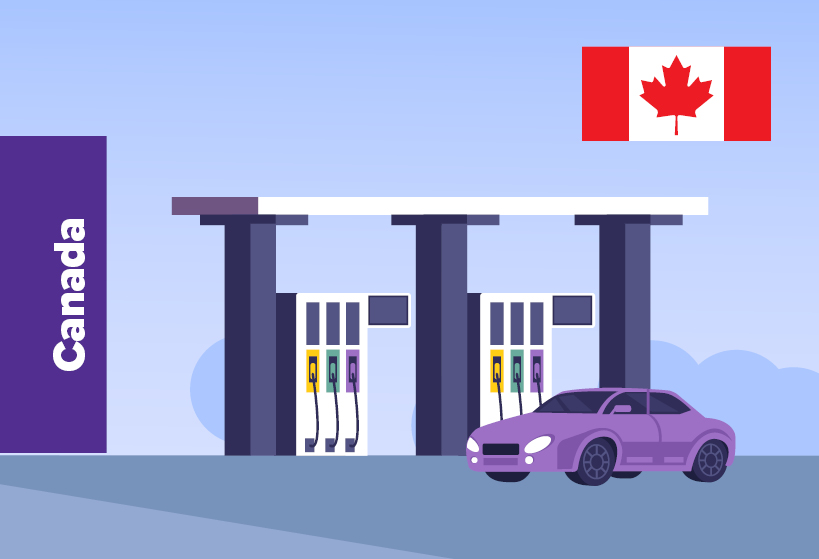
Get Ready for Road Fuel Tax Changes
The government has confirmed a series of legislative reforms that will pave the way for all light vehicles to pay for road use based on distance and weight, rather than fuel type.
At present, motorists driving petrol-powered vehicles contribute to the National Land Transport Fund through a fuel excise duty of around 70 cents per litre every time they fill up. Diesel vehicles, and heavy trucks, already operate under the RUC system. Revenue from both sources is used to build and maintain the roading network across the country.
However, the government argues that petrol tax is no longer a fair or sustainable proxy for road use. With more than 350,000 hybrids now on the road fuel efficiency gains mean that some drivers are contributing less than their fair share towards upkeep. As vehicles evolve, officials say the system must evolve too. All road users contribute equitably regardless of how efficient or what type of car they drive.
The transition will not happen overnight. The first stage will focus on reforming outdated rules to modernise the existing RUC system. Currently, road user charges are paper-based and require drivers to purchase them in 1,000-kilometre blocks while monitoring odometer readings. The government intends to replace this with digital alternatives.
Key legislative changes will include removing the need to display physical RUC licences, allowing digital records instead. The reforms will also enable a wider range of electronic devices to record road use. Flexible payment models will also be introduced. In addition, the regulator’s role will be separated from retail operations to encourage more competition and innovation in the market.
Private providers are expected to play a central role in delivering user-friendly services, building on the success of existing electronic RUC solutions already used by much of the heavy vehicle sector. By 2027, the government anticipates a digital RUC framework will be fully operational, with multiple providers offering services.
While no fixed date has been set for the full transition of light vehicles, the aim is to create a fairer, future-proof funding model that reflects real road use. Officials say the priority is to get the system right, not rush the rollout.



